This post may contain affiliate links, where we may receive a small commission if you purchase something through following the links at no extra cost to you.
After starting to plan a journey through Rajasthan, an old and almost forgotten dream started to push forward. With good planning, it would be possible to visit the famous Pushkar Camel Fair. A 15-20-year-old dream for one of us could be realized! How is it then, when old dreams are about to be fulfilled? Is it always good, or was it just a dream after all? Read on to find out if the Camel Fair Pushkar is worth a visit.
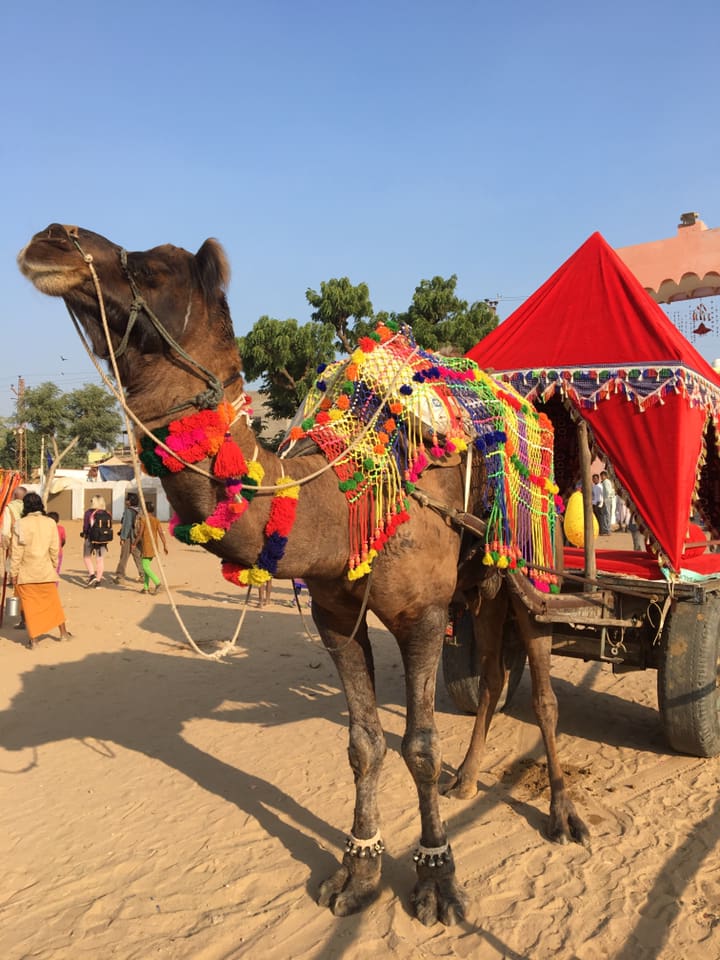
Pushkar is a town in the Ajmer district, in Rajasthan, India. With a population of around 22.000 inhabitants, it’s a small town by Indian standards. As a pilgrimage site for Hindus and Sikhs, Pushkar has many temples and, around the small Pushkar Lake, there are many ghats (steps leading down to the water). The town is mostly famous for its Camel Fair Pushkar, also called the Pushkar Fair.
Content
What is the Camel Fair Pushkar?
Taking place in November normally, the Pushkar Camel Fair attracts some 200.000 people. The fair in Pushkar is an annual livestock fair and cultural féte. People are bringing over 50.000 camels, horses and cattle with them to the Pushkar fair.
The date for the fair changes from year to year depending on the lunar calendar. In the week before the official fair starts, trading takes place. Here the animals change owners, and later when the fair opens, the trade takes place more in the background.
How to get to Pushkar
The easiest way to get to Pushkar is to arrive nearby Ajmer by train. From there you can arrange transport for the last 11 kilometres to Pushkar. You can go with a local bus, private -or shared taxi, or with a tuk-tuk.
The legendary camel fair attracts lots of people. Like a lot! The prices rise many times as it is a great time for business. At the same time as the Pushkar camel fair, there is a religious festival going on as well. This also attracts thousands of Hindu pilgrims.
The arrival at the train station in Ajmer can be a bit overwhelming. Everyone wants to do business with you for the transport, accommodation and trips to the fair. The scams and touts are a lot. This we already experienced the minute we set foot on the ground.
We travelled by local bus from Ajmer to Pushkar. An overcharged trip took us from the train station to the bus station. We could forget to negotiate on the price – then they simply drove away and picked up someone else that was willing to pay what they asked.
TIP: Going to Delhi as well? Make sure to visit the Red Fort while you are there. Before you go you can check out these interesting facts about the Red Fort.
The local bus felt like being in a sardine can. Only to get onboard was a practice in rudeness, anger and absolutely no manners. The one with the broadest shoulders and highest screams made it onboard. With the help of some boys from Delhi, we finally got on board, together with what felt like 300 others.
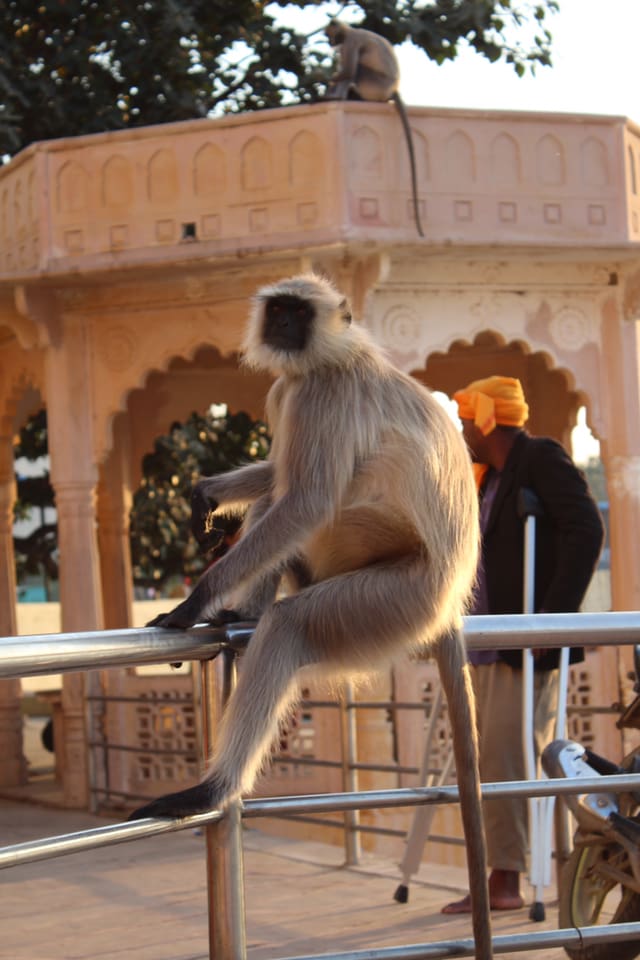
Is the Camel Fair Puskar worth the visit?
Shortly after our arrival in Pushkar, we were on the way to the camel fair. Still with high hopes, to the fairgrounds just outside the city centre. After arrival in Pushkar, we had only taken a tuk-tuk to our hostel, checked in, left our stuff and headed out again. Luckily we had pre-booked accommodation a long time in advance. We had a nice and decent-priced room in a guest house run by a local family.
The fairground is only a short walk from the city centre and, already within minutes, we were questioning the whole thing. Less crowded than expected, but still with lots of people we sat out to explore the fair.
The first thing we noticed was the big groups of tourists. Who absolutely wanted to ride camels or in a camel carriage? It was a great opportunity for business. Camels and carriages were overloaded with cheering tourists so that everyone could have a go. They, in all their excitement, couldn’t care less about the animals who really had a struggle.
How do you get a camel to run quickly with a carriage full of tourists? Easy! Just use the whip. The sound and cheering on each other when the camels started running was disgusting listening to. Clearly, they must have seen that the animals were whipped to run. Still, they had the courage to feel joy over it.
After spending some time at the camel fair Pushkar, we simply had had enough of the whole thing. We do understand the traditions around the fair, but after seeing how many of the horses, kettles and camels were treated, we lost the appetite for it.
After exploring more of the grounds, in the hope of finding something better, we had to be honest; we didn’t. The whole fairground, and the areas around, were full of animals and people. Especially there were a lot of horses. Horses were shown to bypassers and, most of them were so badly treated. So many of the animals had wounds or scratches, and many of them showed clear marks of mistreatment. Some animals looked scared or frightened, while others looked depressed. Most of them were also way too skinny.
On top of the whole thing, the fairground was also very dirty. Not in the meaning of sandy and dusty, but full of litter which people just left behind. Feeling a bit let down and disappointed we left the fairgrounds. We headed back towards the city centre where we hoped to see something more positive.
We have seen several times that travellers take a stand against eg elephant riding in India or Thailand (and so do we), but we think it’s about high time that someone also stands up against all the animal cruelty we saw in just a few hours at the camel fair in Pushkar.
So to answer the above question, if it is worth visiting the camel fair Pushkar, the answer is simple. No. It is not worth it!
With respect to the animals, we did not take any photos of them and we also do not want to support this fair, unfortunately. This event was one of the biggest culture shocks we experienced in India.

Other things to do in Pushkar – without the Camel Fair
Back in the city centre, we walked along the ghats (steps leading down to the water) of Lake Pushkar. The town is a Hindu pilgrimage town. Around the lake, there are 52 bathing ghats. The main event in Pushkar in this period is actually not the Camel Fair, which is just a sideshow. The main event happening in the Kartik Purnima. A religious festival where thousands of Hindus come to bathe in Lake Pushkar’s sacred water.
TIP: A lot of the visitors to the Hindu festival also come here to meditate. Read Eva Milano’s post on Who can benefit from meditation to find out more if you’d like to meditate
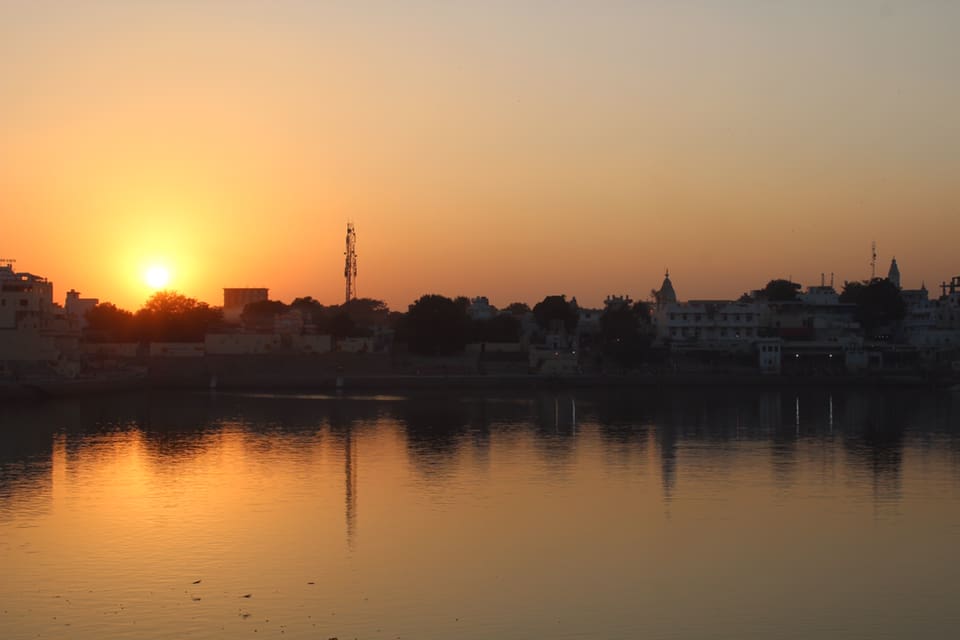
While walking along the ghats, one can witness different religious rituals such as bathing, prayers, meditation and ceremonies. The lake is not very large, and it’s nice to walk around it, especially just in time for sunset. The fact that we visited during the religious festival, made Pushkar a great place to discover in North India.
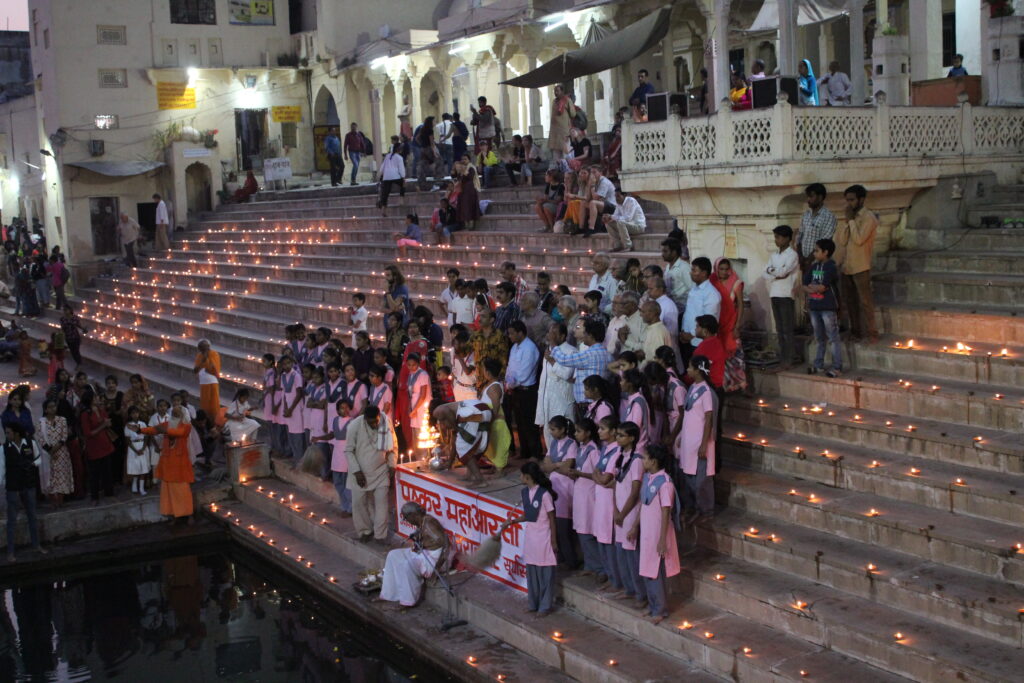
The city centre of Pushkar has a few interesting temples to visit. The main sight of the city is its lake and everything happening there. For a town this size, there is a wide variety of restaurants. Most are directed to backpackers, serving Indian, middle eastern and international food. The menus are strictly vegetarian. Alcohol is (officially) forbidden, but not difficult to get.

Is it worth visiting Pushkar without the camel fair?
We visited the Camel Fair only once. The ceremonies around the lake we visited several times this was much more interesting and satisfying for us. As the sights in Pushkar are limited, it gave us the opportunity for some much-needed relaxation on the rooftop at our hostel.
Pushkar is not a big town, and very quiet outside the festival period. It is definitely worth having a short stop here if you are doing a roundtrip in the state of Rajasthan. It can be a good place to have a few relaxing days from other more busy places in India.
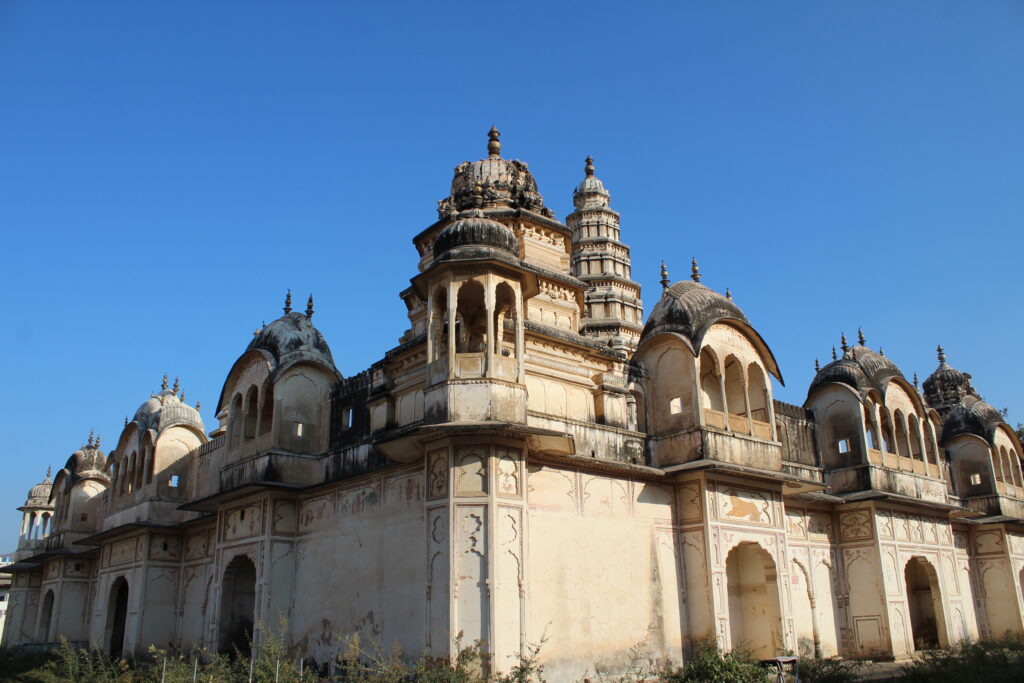

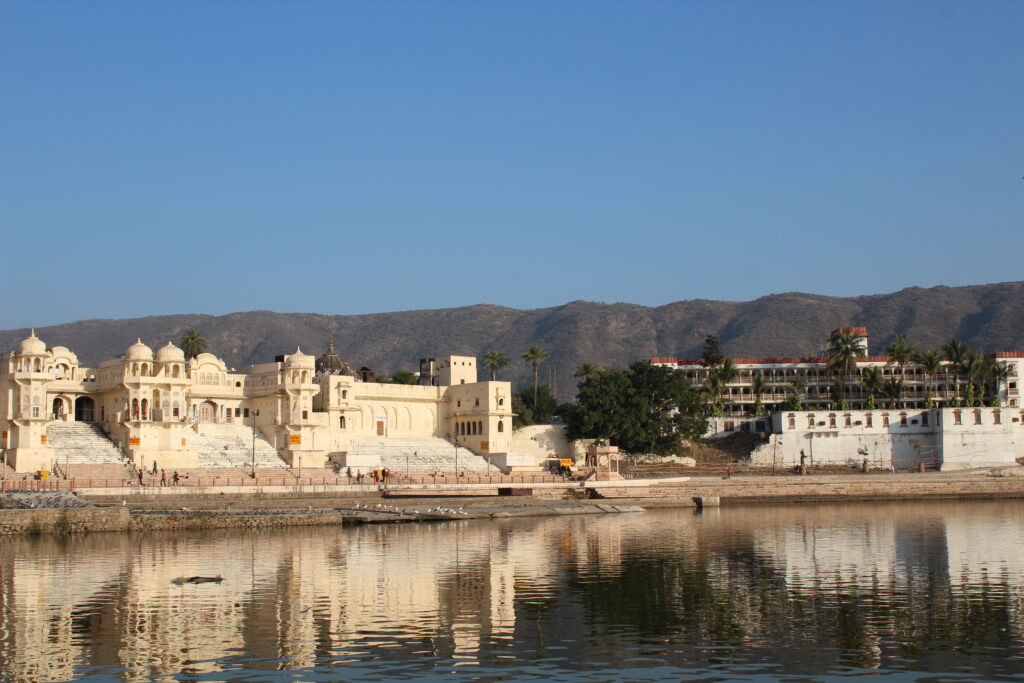
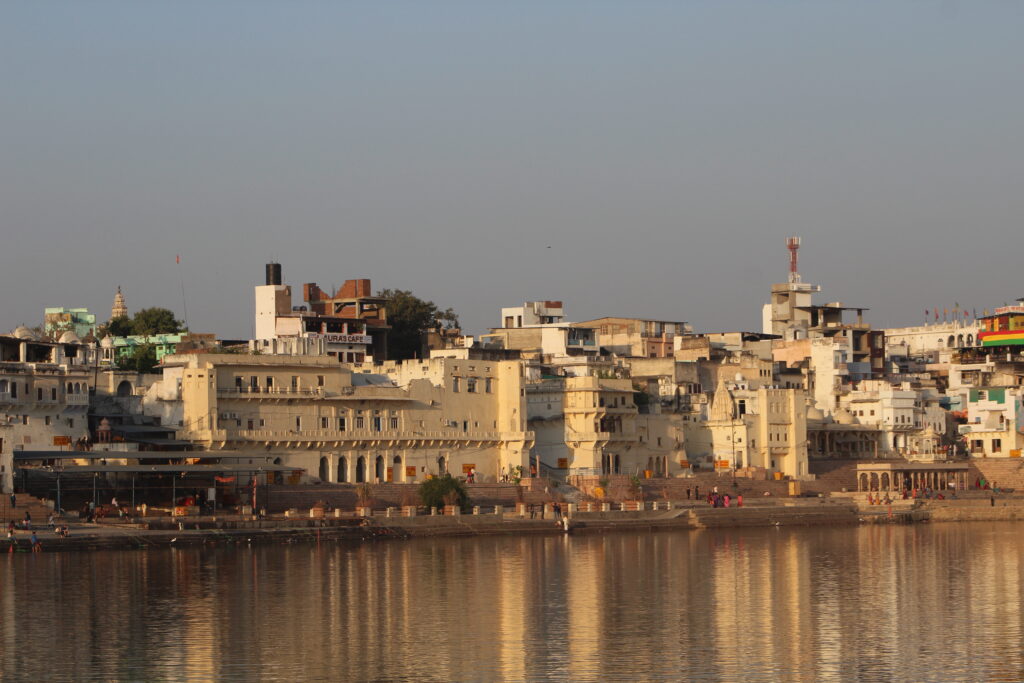
More Inspiration
Pushkar was one of many stops we did in Rajasthan on a 4-week journey through India. Also, here you can read about Bikaner, Jodphur, Jaisalmer and Udaipur, four other great cities in Rajasthan and the pink city of Jaipur. If you rather want to go south to palm trees and amazing beaches, you can read what to see and do in tropical Kerala.

